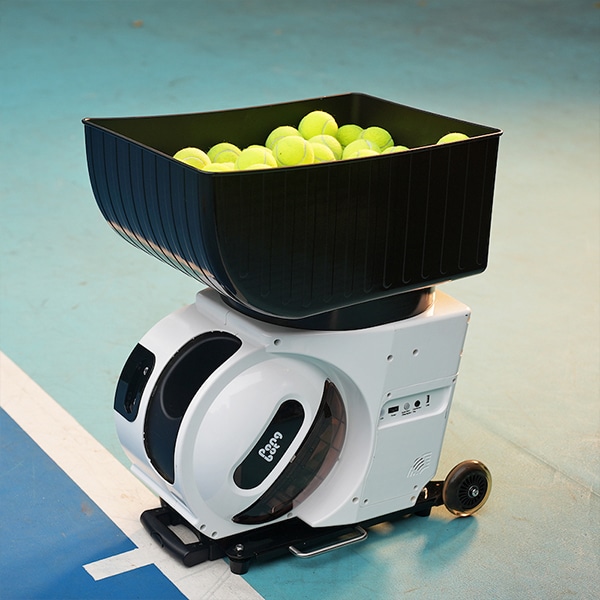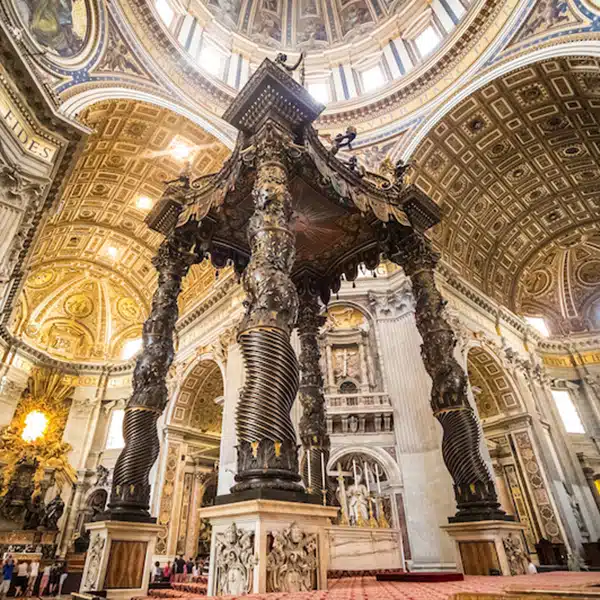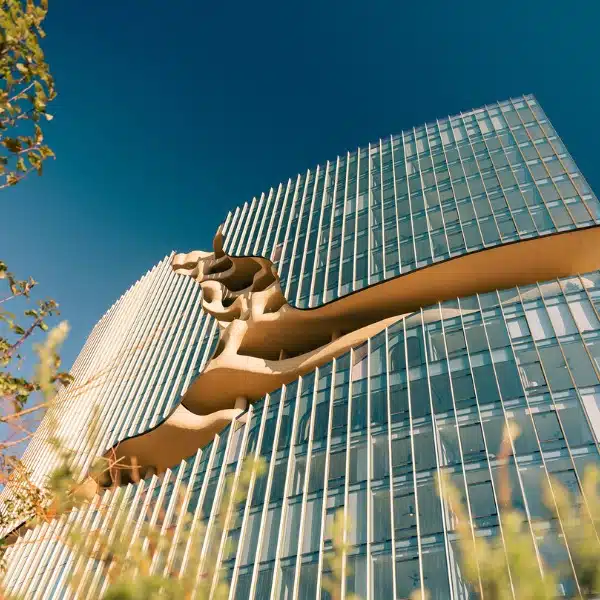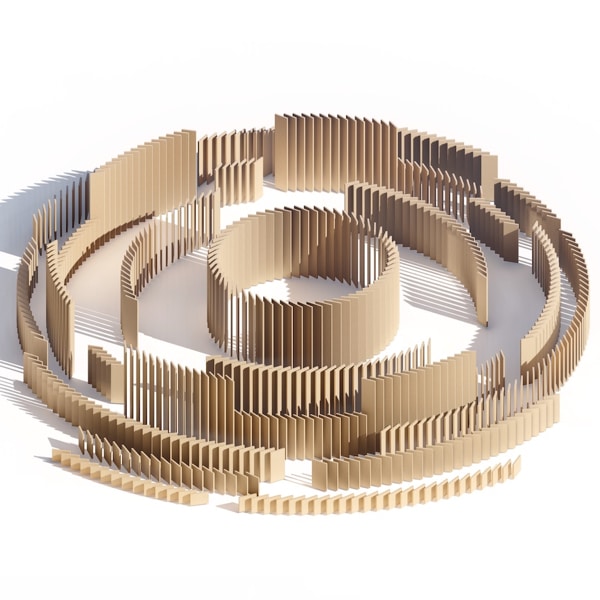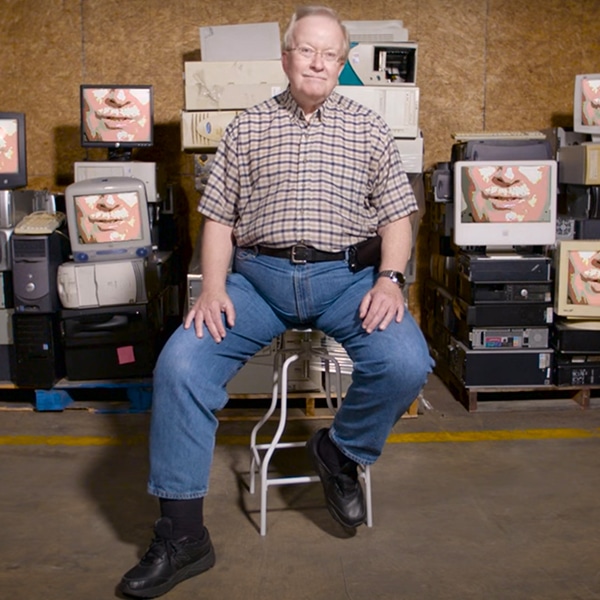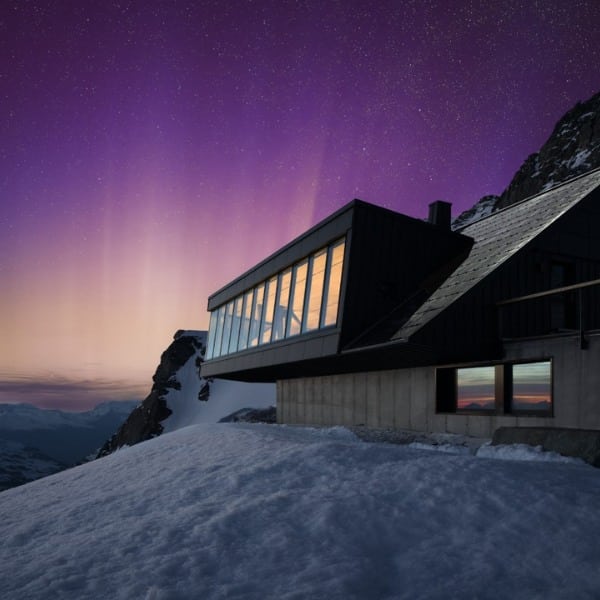
Photo: Plompmozes
Hot off the heels of winning a commission for Melbourne's $1.4 billion Southbank skyscraper, Dutch architecture firm UNStudio has unveiled designs for a new transportation hub that takes advantage of cutting-edge technology. Pairing with technology firm Hardt, UNStudio has designed a modular station that will be the center of a new European hyperloop system.
Hyperloop technology is a solar-powered system that could allow passengers to travel at ultra-high speeds over land, making it an environmentally friendly alternative to flying. UNStudio's proposed transit hub is a prototype station for a line that would connect Amsterdam and Frankfurt in just 51 minutes. To put that into perspective, right now it takes about 4 hours to travel the nearly 280 miles (450 kilometers) between these two cities. Traveling up to 700 miles per hour, the hyperloop is an exciting possibility for bridging distances and cultures.
UNStudio's tessellated station concept was revealed during the HyperSummit, an event designed to celebrate the possibility of European hyperloop network. By taking advantage of a modular system, which can expand or contract, the design works for both main hubs and regional outposts. UNStudio envisions the stations as a meeting place, where people congregate as they set about their day. To that end, the flexible design can accommodate everything from luggage storage to daycare, depending on the needs of the community.
“Global urbanization, population growth, and urgent environmental concerns create infrastructural challenges that cannot be resolved with our current modes of transport,” the firm writes. “A sustainable alternative to air travel is therefore imperative. Just as each Hyperloop line will draw power from solar panels on the tube, each Hyperloop Hub must also act as a battery to sustain itself.”
The large glass ceilings not only allow sunlight to illuminate the space, but act as a canopy to protect passengers and collect energy and water. Extra energy generated by the hub and along the hyperloop tubes could be used to power vehicles, buses, and bikes. In this manner, the sustainable transit loop would be closed for those who continued their journeys via another system of electric transport. UNStudio has also split the design into different areas to meet the needs of all travelers—green, culture, work, health, and travel. By placing amenities and services in strategic locations, the firm has created a hub that will be much more than a transitory station.
Right now the design is just a prototype, but as technology continues to advance and we get closer to a hyperloop system becoming a reality, construction may happen before you know it.
UNStudio has designed a hyperloop station meant to be a flexible, modular transportation hub.

Photo: Plompmozes
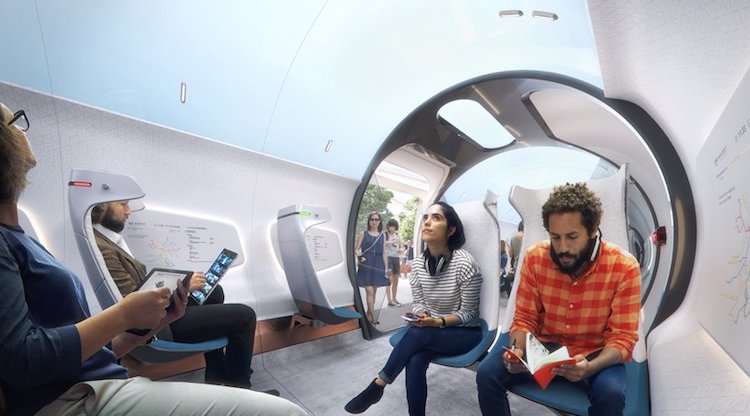
Photo: Plompmozes
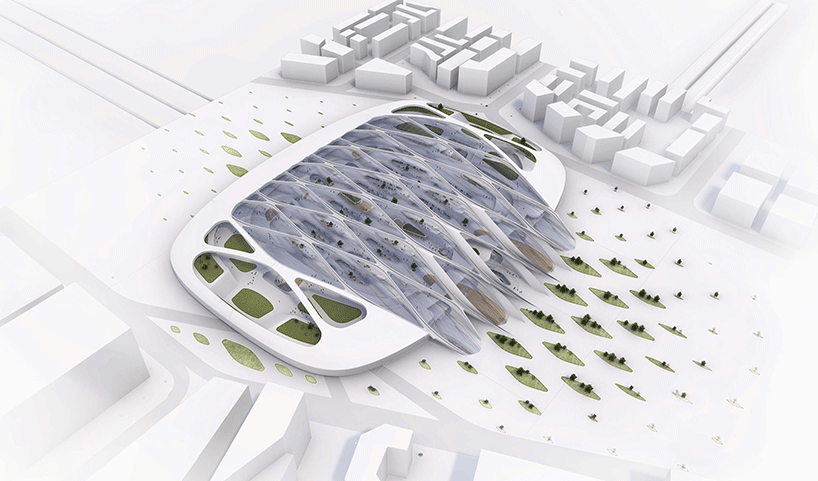
Photo: UNStudio
The station would serve as a hub of the new European hyperloop network, with an Amsterdam to Frankfurt route being the first order of business.
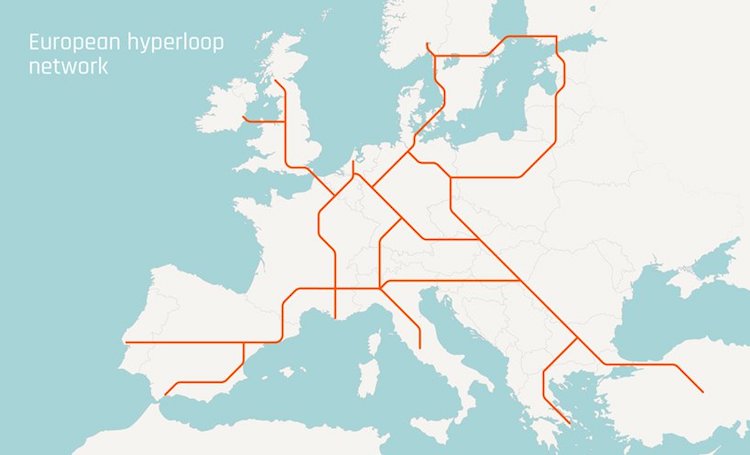
Photo: Hardt

Photo: Hardt
UNStudio has made their station a gathering place, incorporating services and easy access to ground transportation.
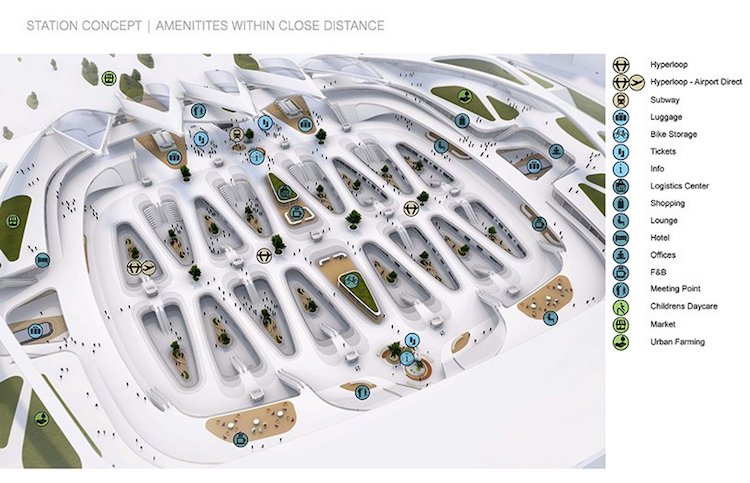
Photo: UNStudio
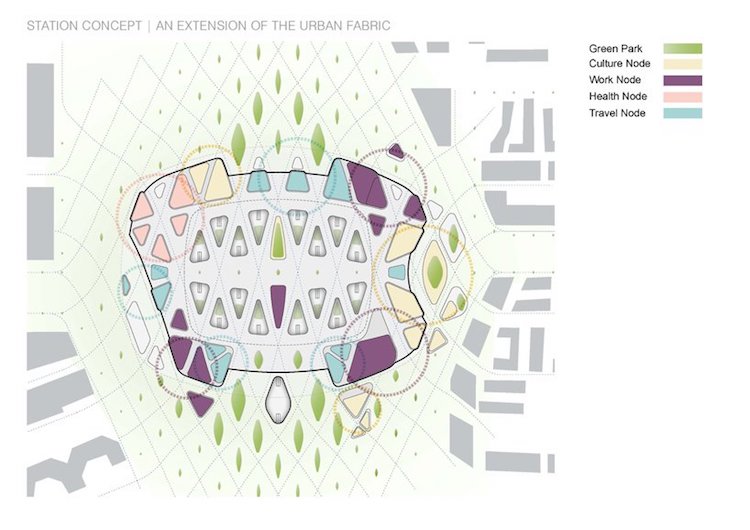
Photo: UNStudio
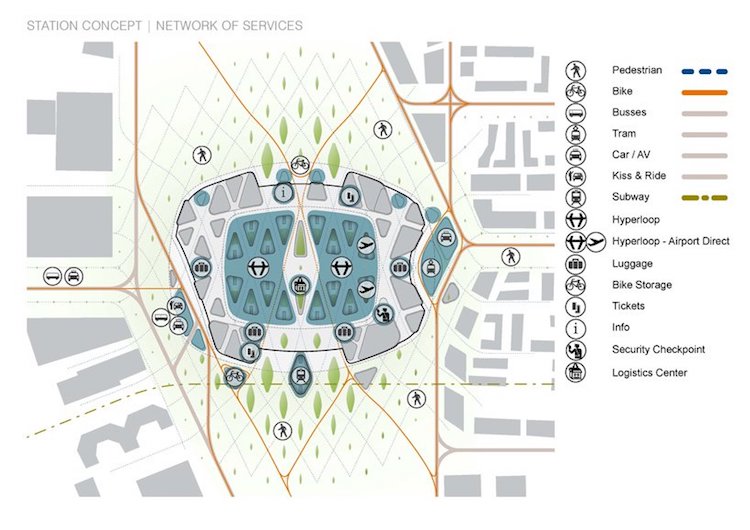
Photo: UNStudio
The station is also energy efficient, gathering energy and water that can be used for other purposes.
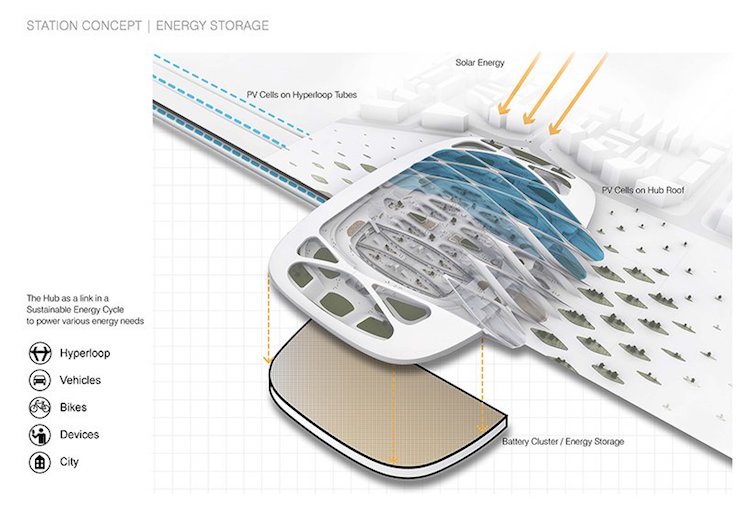
Photo: UNStudio
UNStudio: Website | Facebook | Instagram
h/t: [designboom]
Related Articles:
New York’s Penn Station $1.6 Billion Gorgeous Expansion Unveiled
Zaha Hadid’s Sleek Metro Station in Saudia Arabia
Largest Underground High-Speed Rail Station in the World
Uber Reveals Futuristic “Skyports” for Flying Taxis of the Future












































































